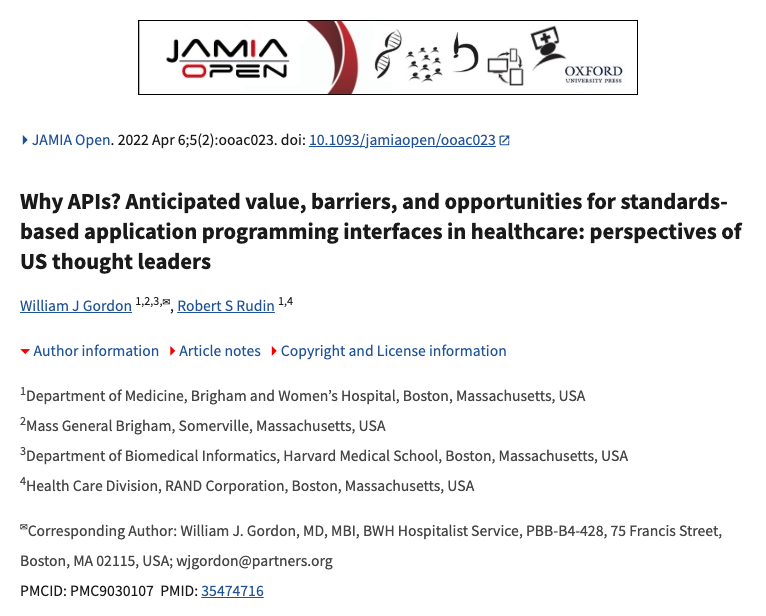13.1 Introduction to APIs in Healthcare
n the following section, we'll explore practical examples of how to use APIs in healthcare using Python. We'll demonstrate how to retrieve patient information, medical records, and other relevant data using different types of healthcare APIs.
Application Programming Interfaces (APIs) play a crucial role in modern healthcare by enabling seamless data exchange and integration between different systems and applications. In a healthcare context, APIs facilitate the secure and efficient sharing of patient information, medical records, diagnostic results, and other critical data among healthcare providers, researchers, and patients.

Role of APIs in Health Data Exchange
In the healthcare landscape, various systems generate and store patient-related data, such as electronic health records (EHRs), laboratory information systems (LIS), picture archiving and communication systems (PACS), and more. These systems often use different data formats and protocols. APIs provide a standardized and interoperable way to connect these disparate systems, allowing for the secure transfer and access of patient data.
Types of Healthcare APIs
Healthcare APIs come in various types, each serving a specific purpose:
FHIR APIs: Based on the Fast Healthcare Interoperability Resources (FHIR) standard, FHIR APIs enable the exchange of healthcare data in a structured format. FHIR APIs are used to retrieve, store, and manage patient information, medications, allergies, and other clinical data.
SMART on FHIR APIs: These are a subset of FHIR APIs that enable the integration of third-party applications with electronic health records (EHR) systems. SMART on FHIR allows developers to build secure and user-friendly healthcare apps that can run within EHR interfaces.
DICOM APIs: Used in medical imaging, DICOM APIs allow for the retrieval and storage of medical images and associated data, facilitating the exchange of radiological images and reports.
HL7 APIs: Health Level 7 (HL7) APIs follow the HL7 messaging standards to exchange healthcare information across different systems. HL7 APIs are used to transmit clinical data, laboratory results, patient demographics, and more.
Benefits of APIs in Healthcare
The adoption of APIs in healthcare offers several advantages:
- Interoperability: APIs enable different healthcare systems to communicate and share data seamlessly, enhancing collaboration and patient care.
- Efficiency: APIs automate data exchange processes, reducing manual data entry and the risk of errors.
- Innovation: APIs open the door to innovative healthcare applications, allowing developers to create tools that improve patient outcomes and streamline workflows.
- Patient Engagement: APIs empower patients to access and share their health information securely with authorized apps and services.
Real-world Use Cases
APIs have a wide range of applications in healthcare. They are used for real-time patient monitoring, telemedicine platforms, medication adherence apps, appointment scheduling, medical billing, and more. The integration of wearable devices, remote patient monitoring devices, and mobile health apps into healthcare systems is made possible through APIs.
Examples:
CMS: